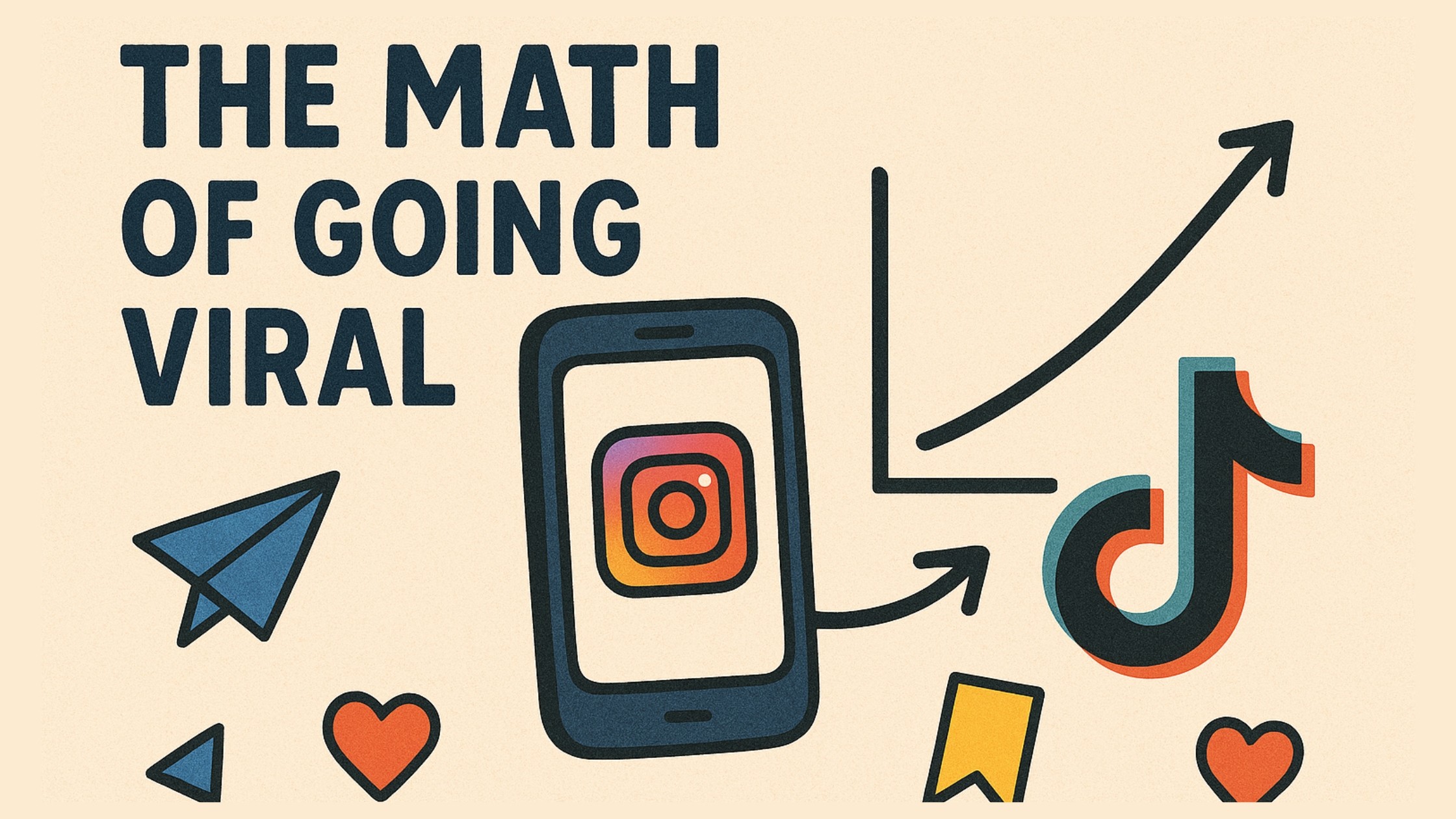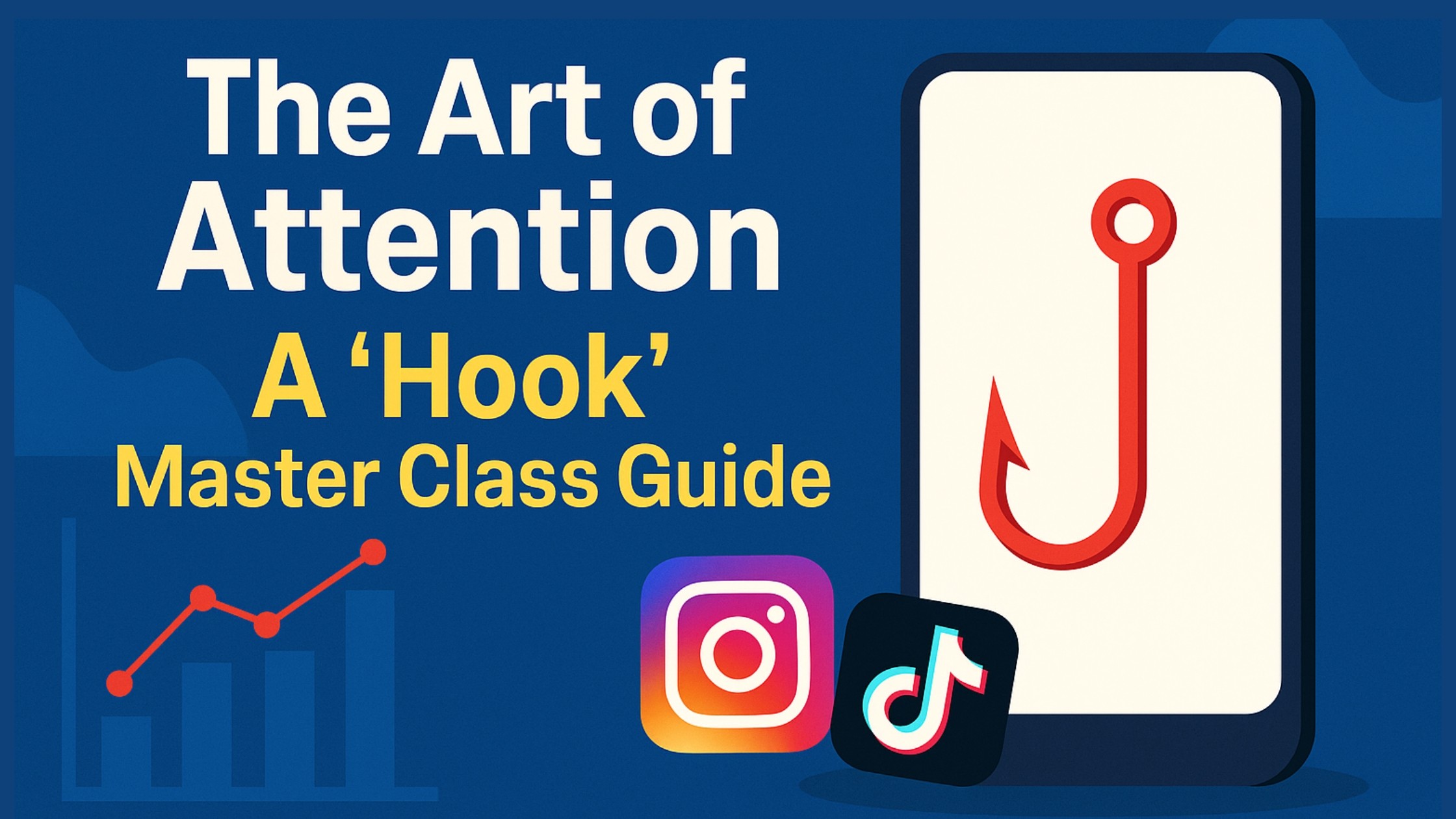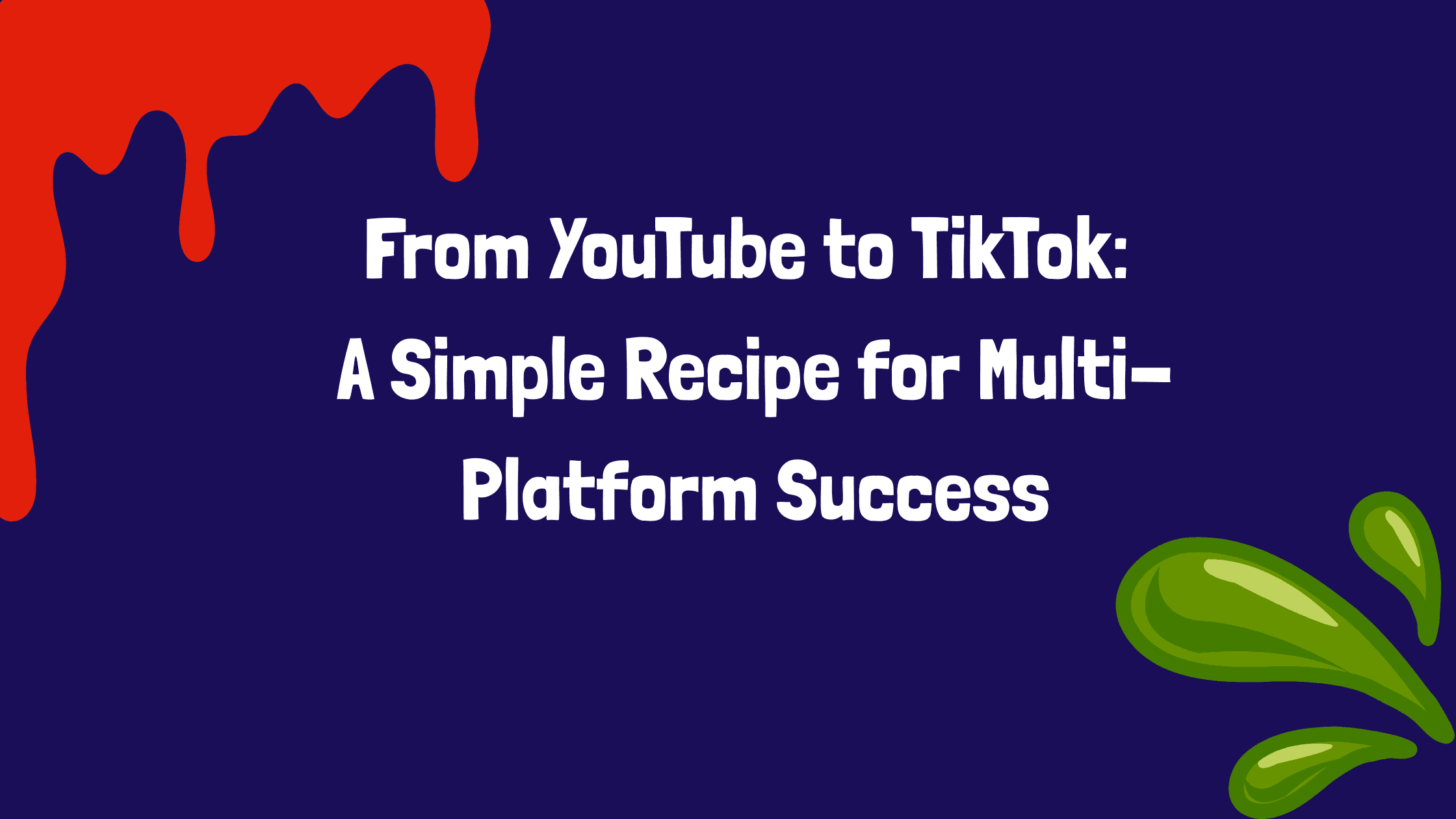Influencer Marketing 102
May 21, 2025
5 min read
Influencer Marketing 102: KPIs, Creator Selection & How to Measure Success
If you’ve already dipped your toes into influencer marketing, you know it’s more than just pretty pictures and hashtags. The real challenge starts once the campaign goes live: Did it actually work? Are you tracking the right metrics? Did you choose the right creator?
In this article, we’ll walk through the most important KPIs (key performance indicators), explain when to use which, how to choose the right creators, and what success really looks like in 2025.
First Things First: What Are KPIs in Influencer Marketing?
KPIs are the metrics you track to understand if your influencer campaign met its goals. But not all KPIs are created equal—different campaigns call for different success metrics.
KPI | What It Means | When to Use | Example |
Reach | Unique users who saw the content | Awareness campaigns | A macro influencer’s Reel gets 500K reach |
Impressions | Total views (can include repeat views) | Brand recall, visibility | One user watches a story 3x = 3 impressions |
Engagement Rate | Likes, comments, saves ÷ followers | Community resonance, content quality | A nano influencer has 8% ER—great! |
Click-Through Rate (CTR) | Clicks ÷ Impressions | Performance & website traffic | 2% CTR on “swipe up” story = strong |
Conversion Rate | Actions taken ÷ clicks | Sales, app downloads, sign-ups | 5% of visitors bought the product |
ROI | Return on your total investment | Direct sales campaigns | Spent $5K, earned $20K = 4X ROI |
EMV (Earned Media Value) | Estimated $ value of organic exposure | Content-focused or awareness goals | Equivalent to $15K in ad spend saved |
Campaign Objective → KPI Match
Choosing the wrong KPI is like judging a TikTok dance on how many link clicks it got. You need alignment.
Objective | KPIs to Track |
Brand Awareness | Reach, Impressions, EMV |
Engagement & Loyalty | Engagement Rate, Saves, Comments |
Traffic or Sign-ups | CTR, Unique Visitors, Time on Site |
Sales / ROI | Conversions, Cost per Acquisition, ROI |
Content Production | # of posts, UGC collected, repurposability |
💡 Example:
If you're launching a new skincare brand, early-stage campaigns should focus on reach and UGC. But after 2–3 rounds, you'll want to optimize for CTR, conversions, and ROI.
How to Select Good Creators (Not Just Popular Ones)
A creator with a million followers doesn’t guarantee success. Here’s what to evaluate:
1. Audience Fit
It’s not about how many people follow them, but who those people are.
Ask:
Is their audience in your target location?
Do they attract the demographics (age, gender, interests) you’re after?
Would their followers actually buy or care about your product?
Example:
A boutique baby brand would perform far better with a parenting micro-influencer with 15K followers than a travel vlogger with 200K.
Red Flag:
A beauty creator promoting financial services or sports drinks—just because they were available.
2. Engagement Quality
High engagement doesn’t always mean high-quality engagement.
What to check:
Ratio of likes/comments to followers (2–8% is healthy for micro/nano creators)
Are comments authentic, or full of generic emojis?
Do they reply to their audience or build community?
Use tools to check for fake followers
Example:
Two creators have the same 50K followers. One gets 100 real comments and 2K likes per post, the other gets 15 comments that say "Cool post!"—go with the first.
Red Flags:
Sudden follower spikes
Low engagement (under 1%) on newer posts
Obvious comment pods ("Love this! 😍" 20x per post)
3. Content Style
You want your product to blend into their content—not stick out like a paid ad.
Ask:
Does their aesthetic and tone of voice fit your brand?
Would their audience believe they genuinely use your product?
Do they create high-quality visuals or raw, relatable content (whichever you need)?
Example:
A clean, minimalist skincare brand should look for creators with soft, lifestyle-focused content—not overly filtered or shouty formats.
Red Flags:
Overly scripted or unnatural brand mentions
Promoting 5 different competitors in one week
4. Past Collaborations
You want creators who are collaborative but not overloaded.
Ask:
Have they worked with your competitors? (Check 3–6 months back)
Are they jumping from niche to niche weekly?
Can they adapt the brief, or are they fixed in one style?
Example:
A creator who’s done one collab/month with complementary brands may be ideal. But one who posts 3 sponsored stories a day? Likely saturated.
Red Flags:
Generic “I love this brand so much!” without specifics
All content marked as #ad
5. Performance History
Good creators know their value and have the data to back it up.
Look for creators who:
Can share a media kit or performance metrics from past campaigns
Are responsive and professional in communication
Understand your goals (brand awareness, conversions, content, etc.)
Ask for:
Story views average
Link click averages
Top geographies and age breakdown
Saved posts (great for e-commerce)
Red Flags:
“I don’t share data” or “I don’t track that”
Delayed or disorganized communication
How to Measure the Success of a Campaign
Once the campaign is live, measure both quantitative and qualitative results.
Quantitative Metrics:
Did you hit your KPI goals?
Was ROI positive?
Did traffic or sales spike after posting?
Qualitative Metrics:
What are people saying in the comments?
Did the creator deliver content that you can repurpose?
Was there positive brand sentiment?
Example:
A niche fashion brand worked with 10 micro influencers. Only 3 drove significant sales, but 6 others created high-quality UGC that was later used in Meta ads—resulting in 5X ROAS. So the campaign was a success, even if initial clicks were low.
Final Thoughts
Influencer marketing isn’t a magic switch, it's a system. Knowing your KPIs, choosing the right creators, and aligning metrics with goals is what turns “just a post” into business results.
So before launching your next campaign, ask:
What’s the purpose of this campaign?
What’s the best KPI to track it?
Who are the right creators for this message?
And how will I know if it worked?
Track smart. Measure honestly. Iterate fast.



